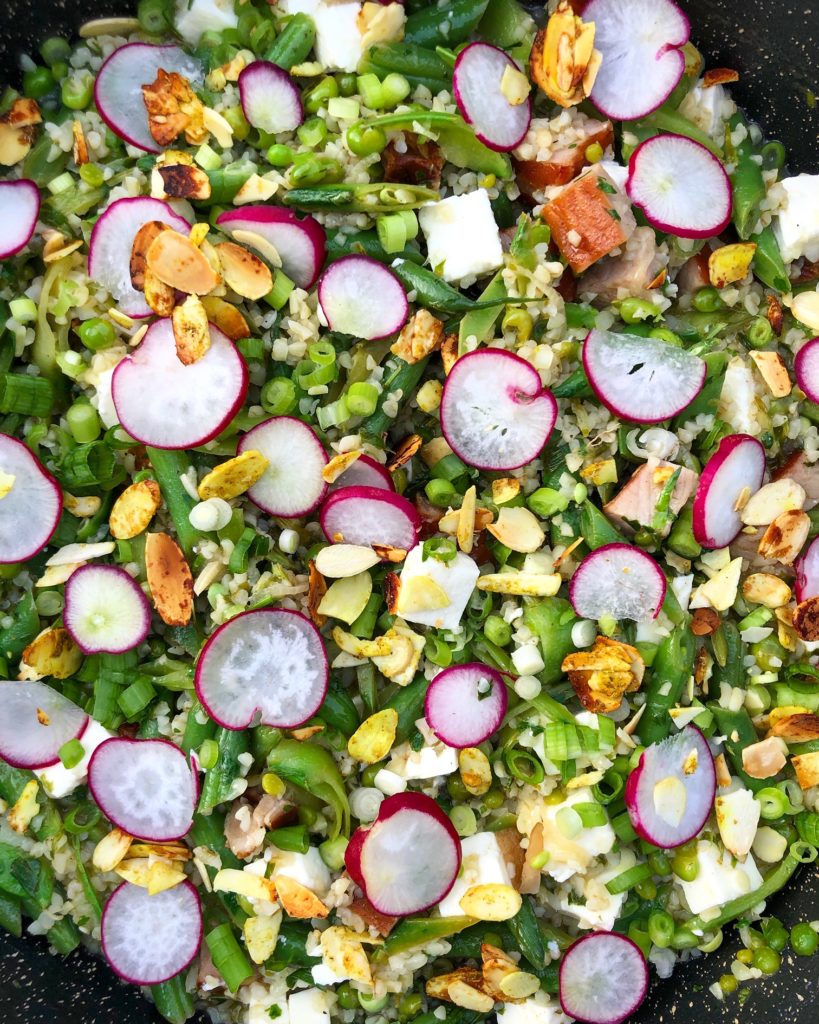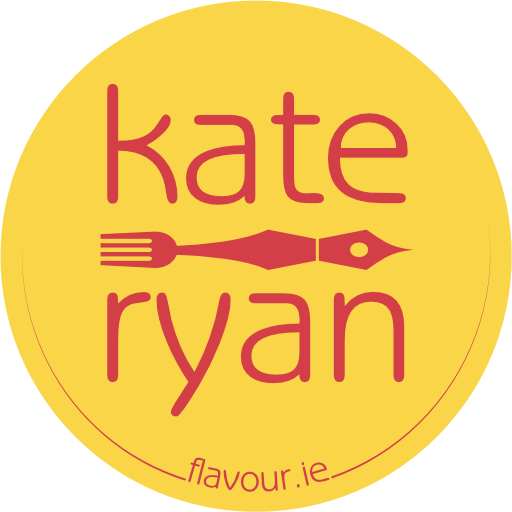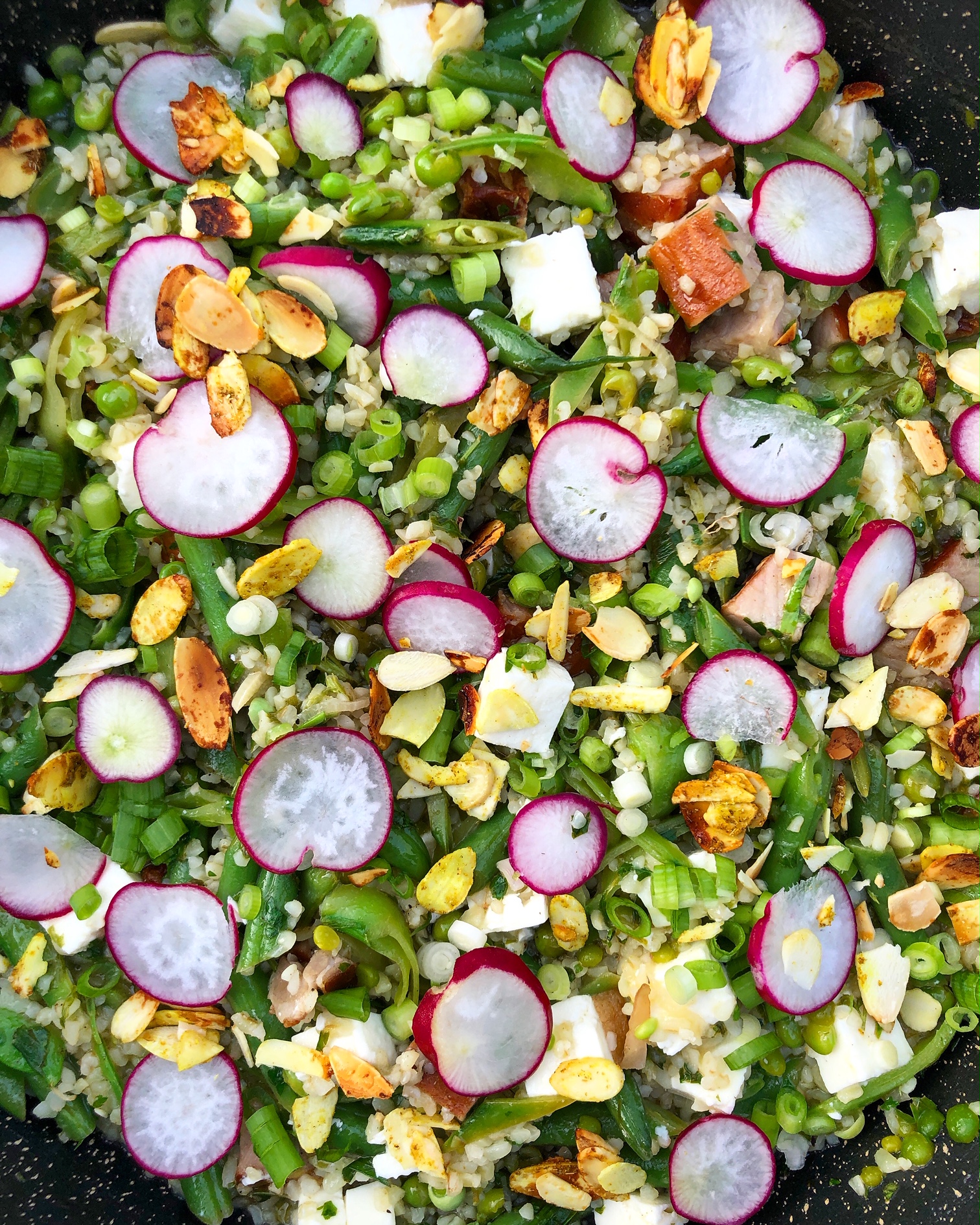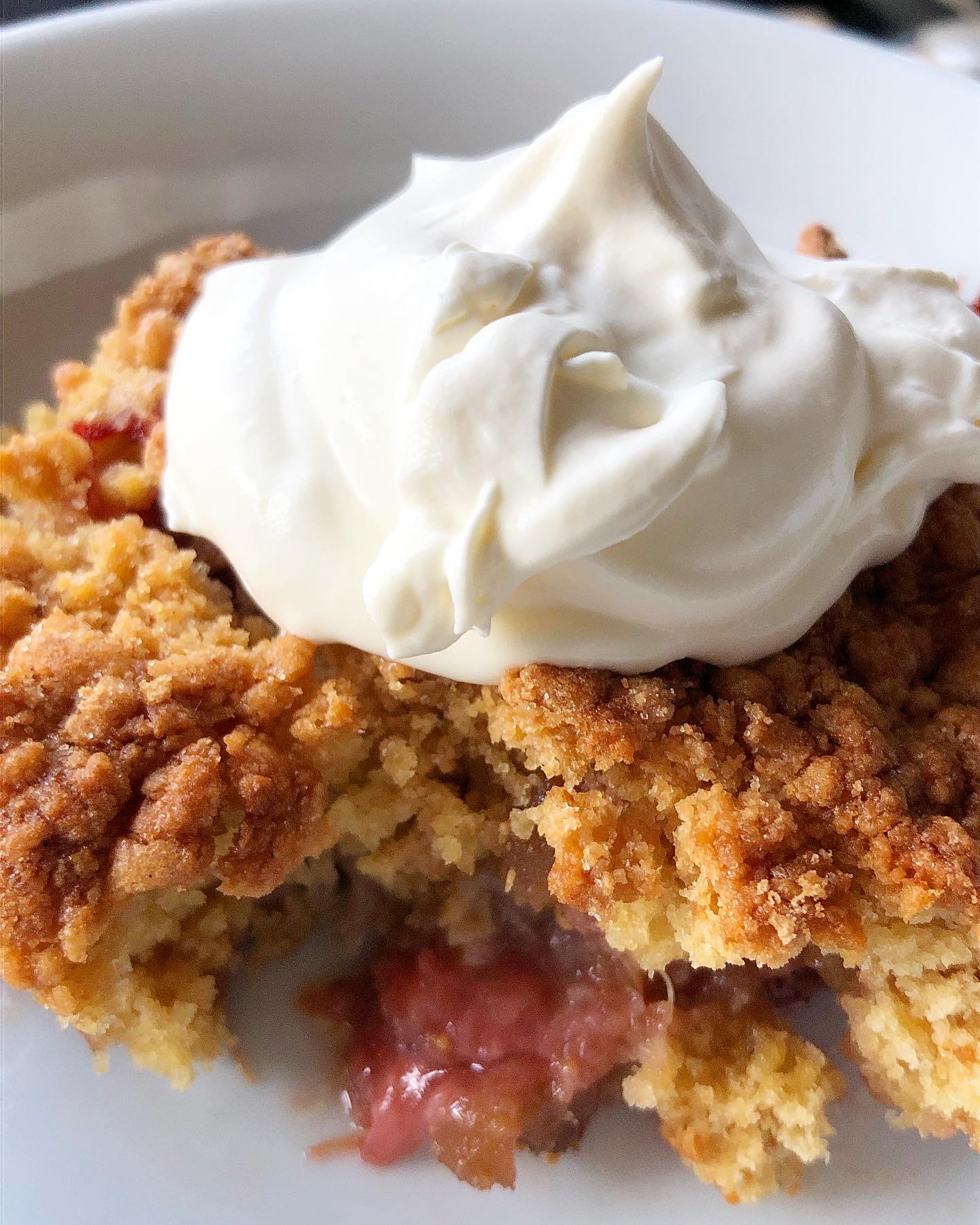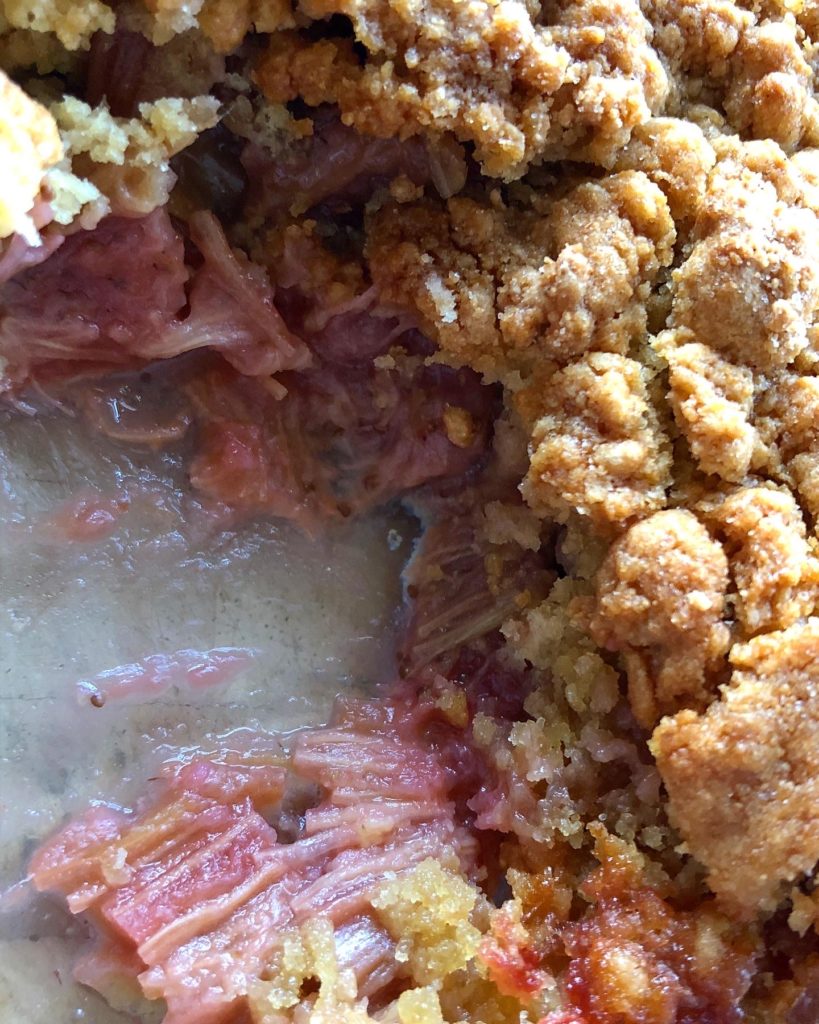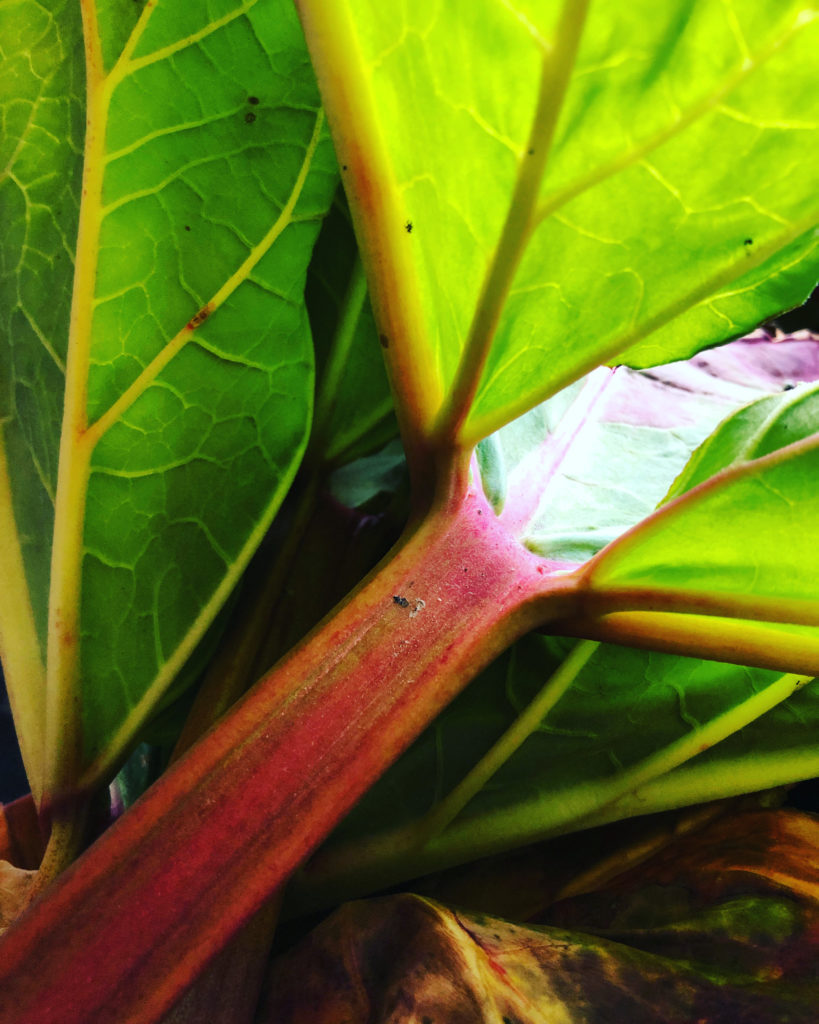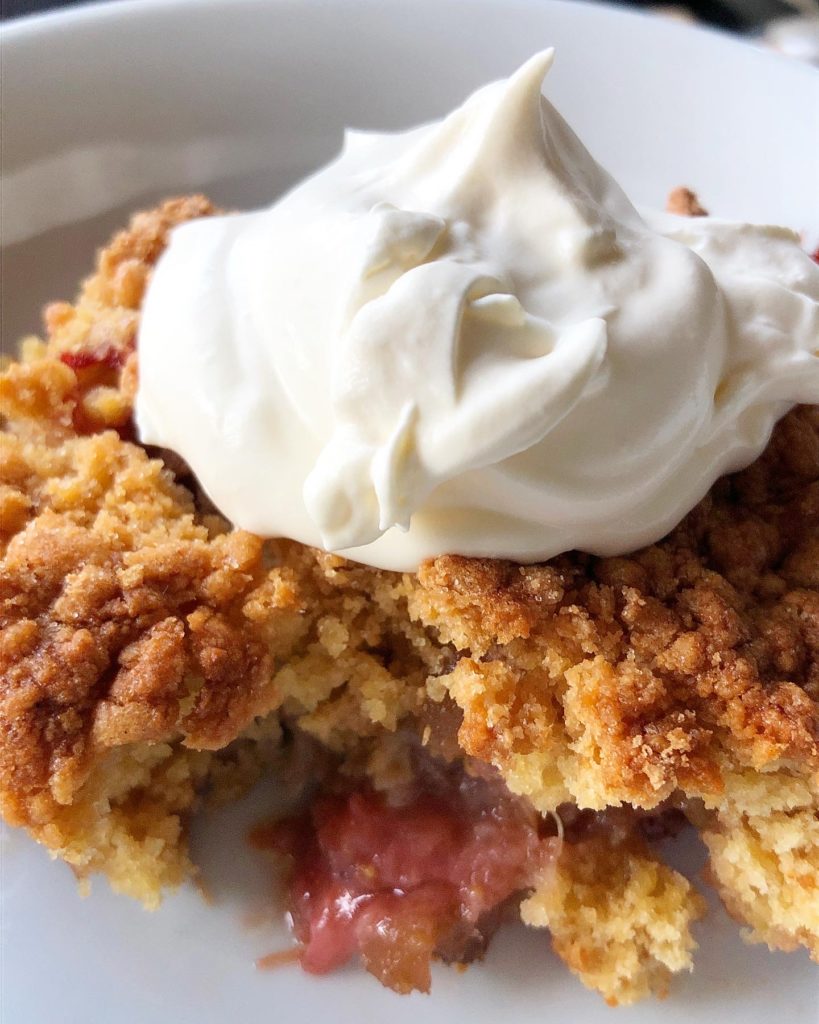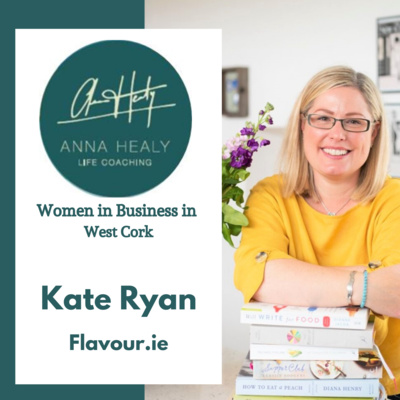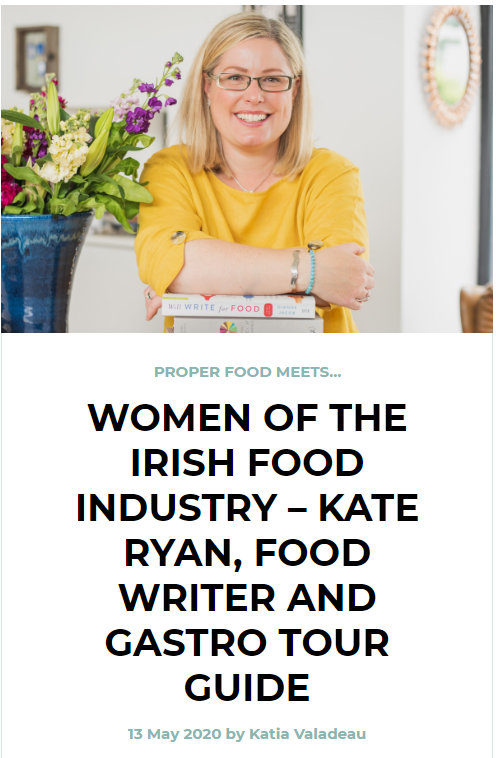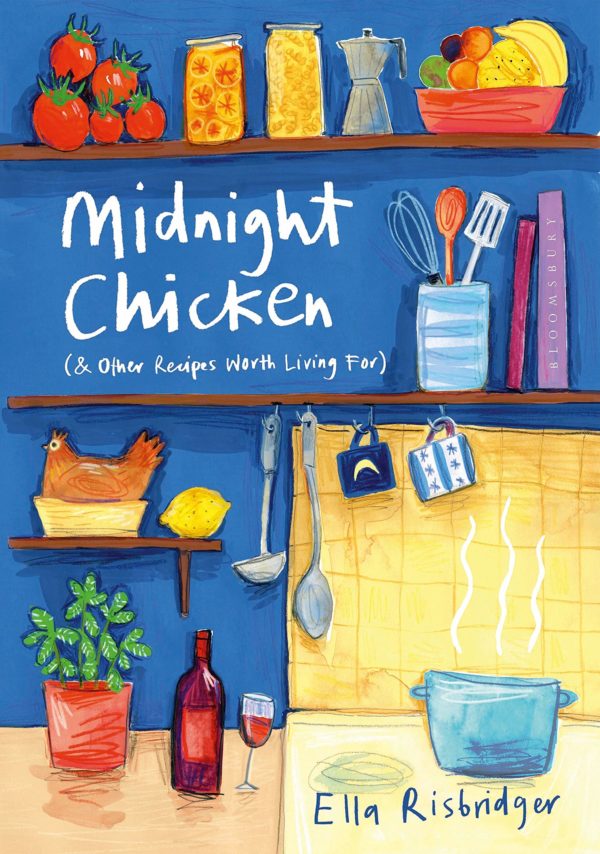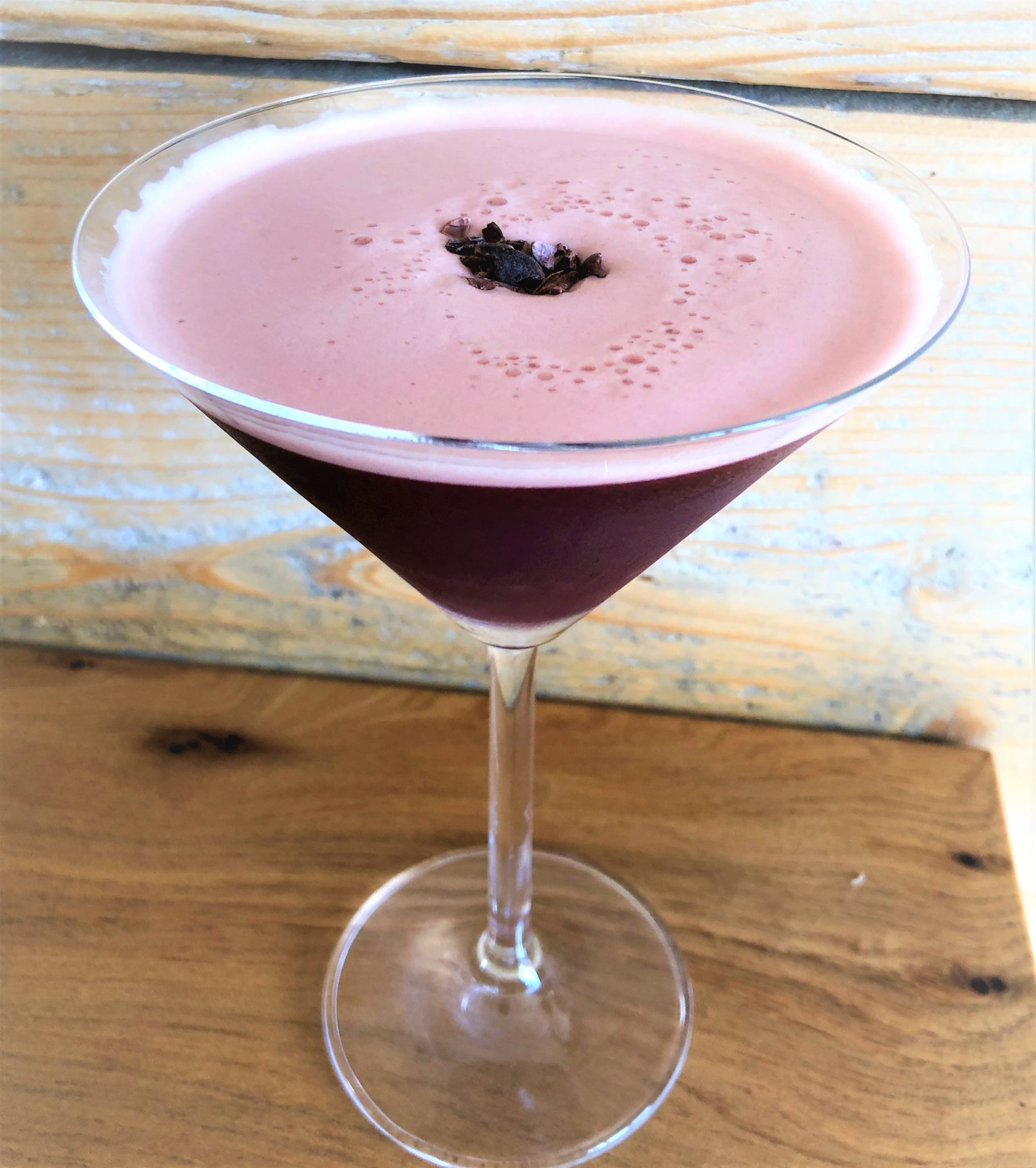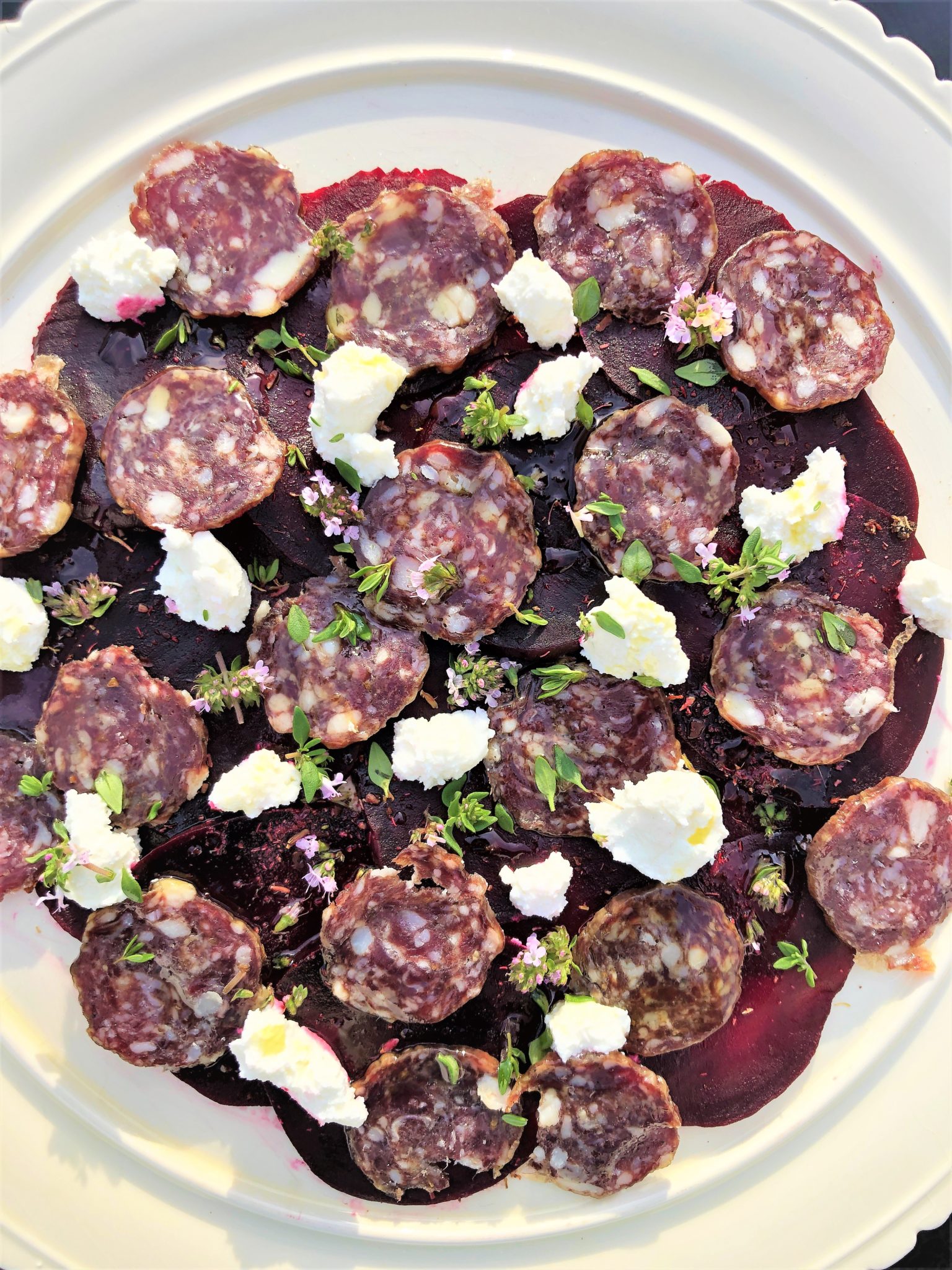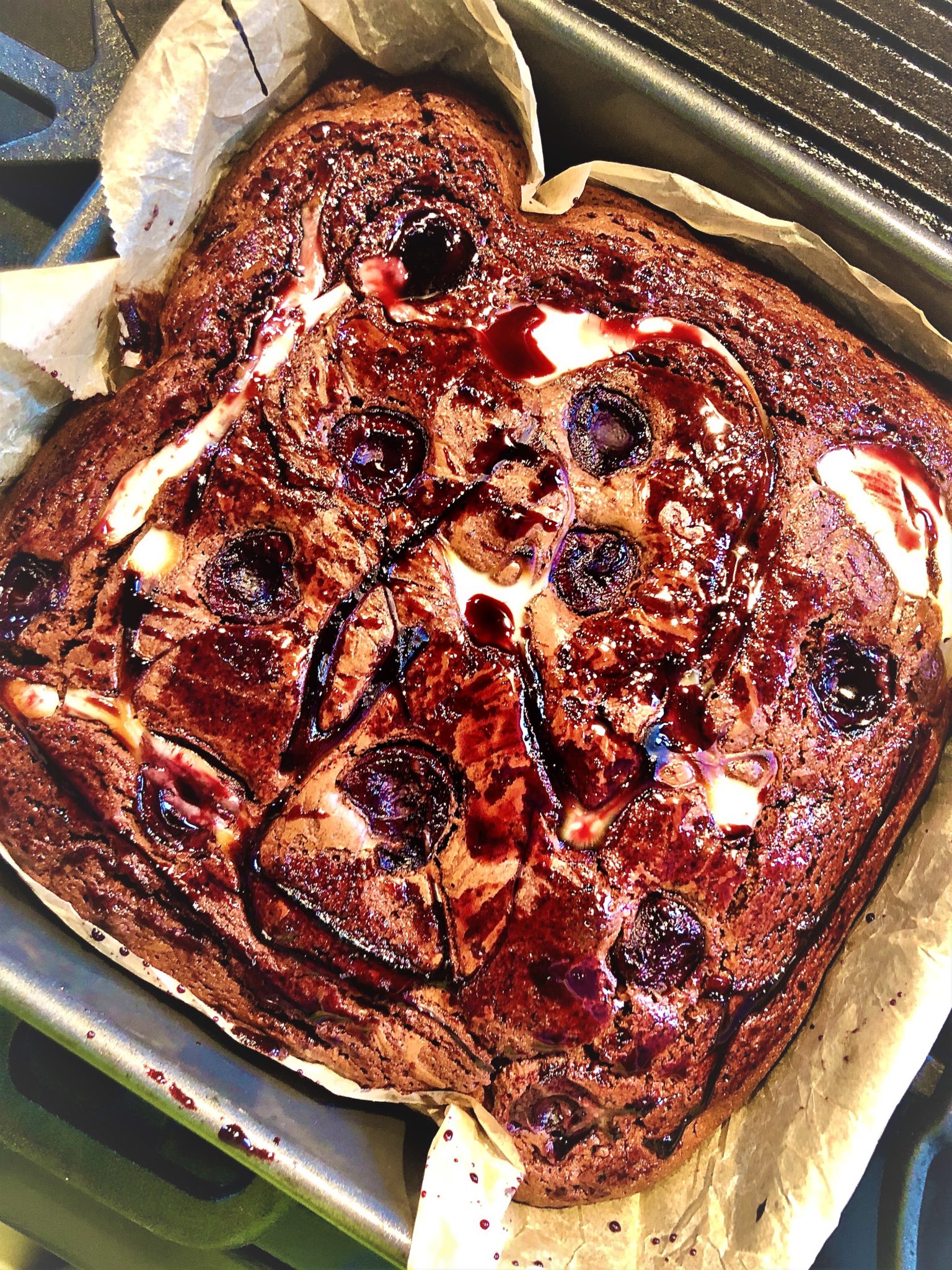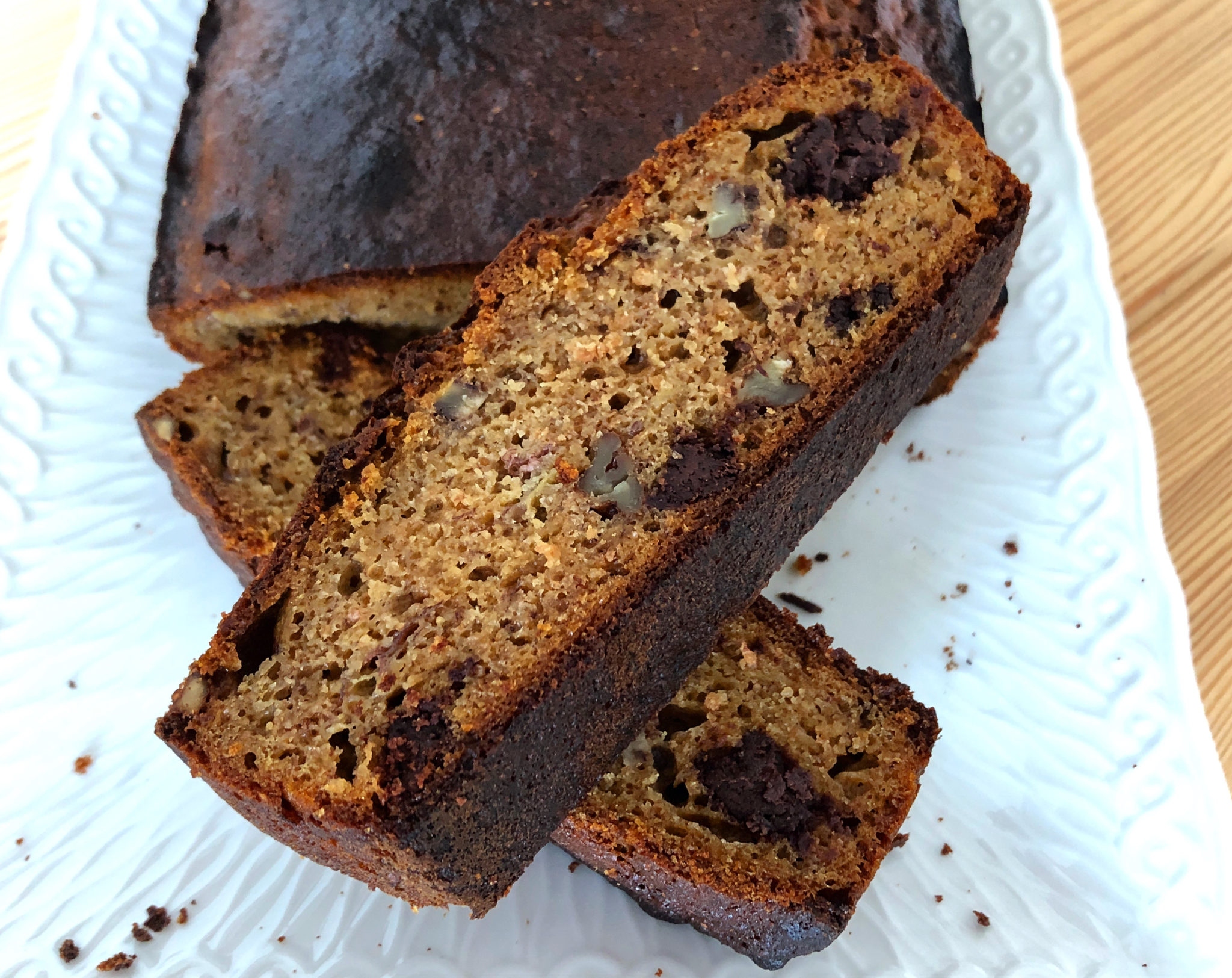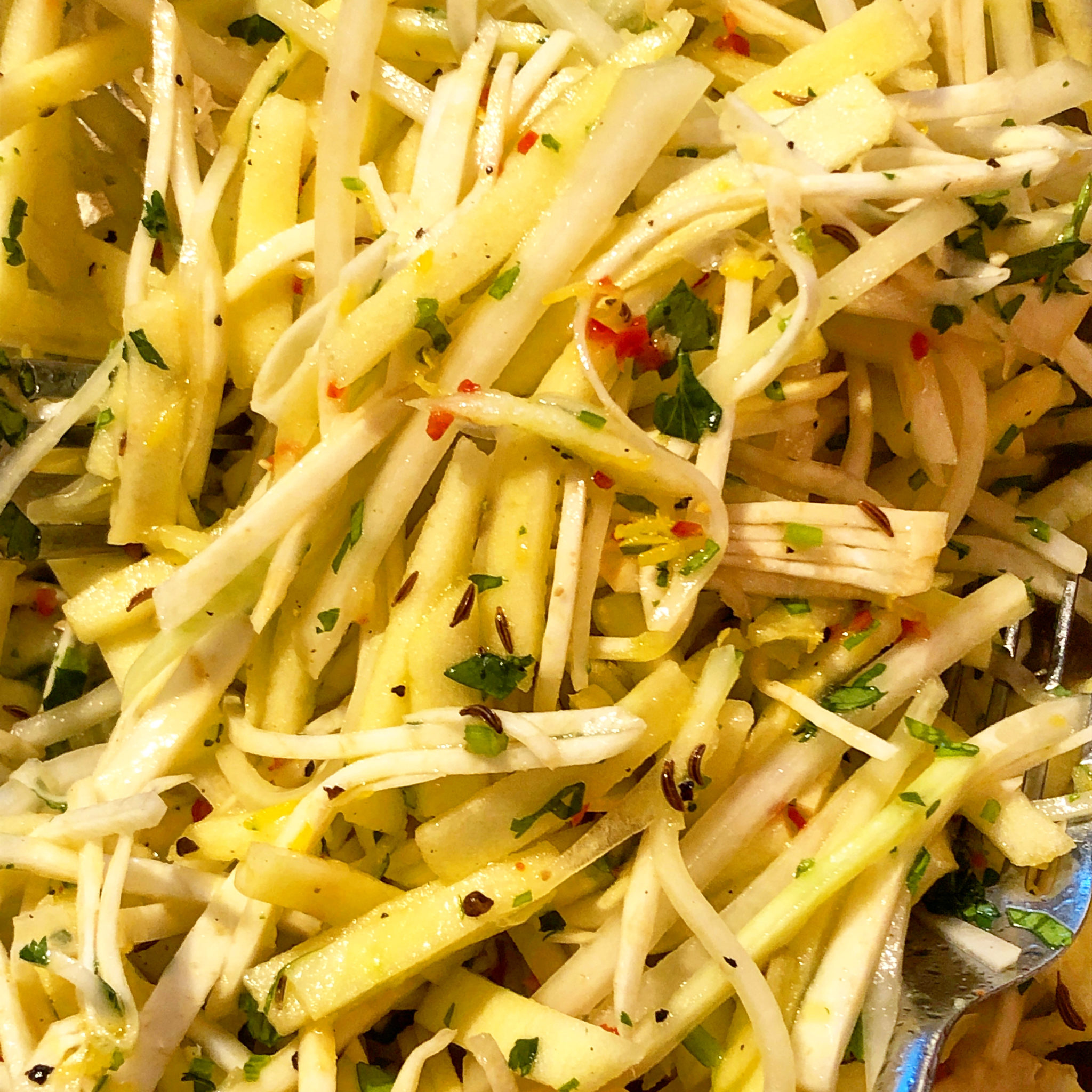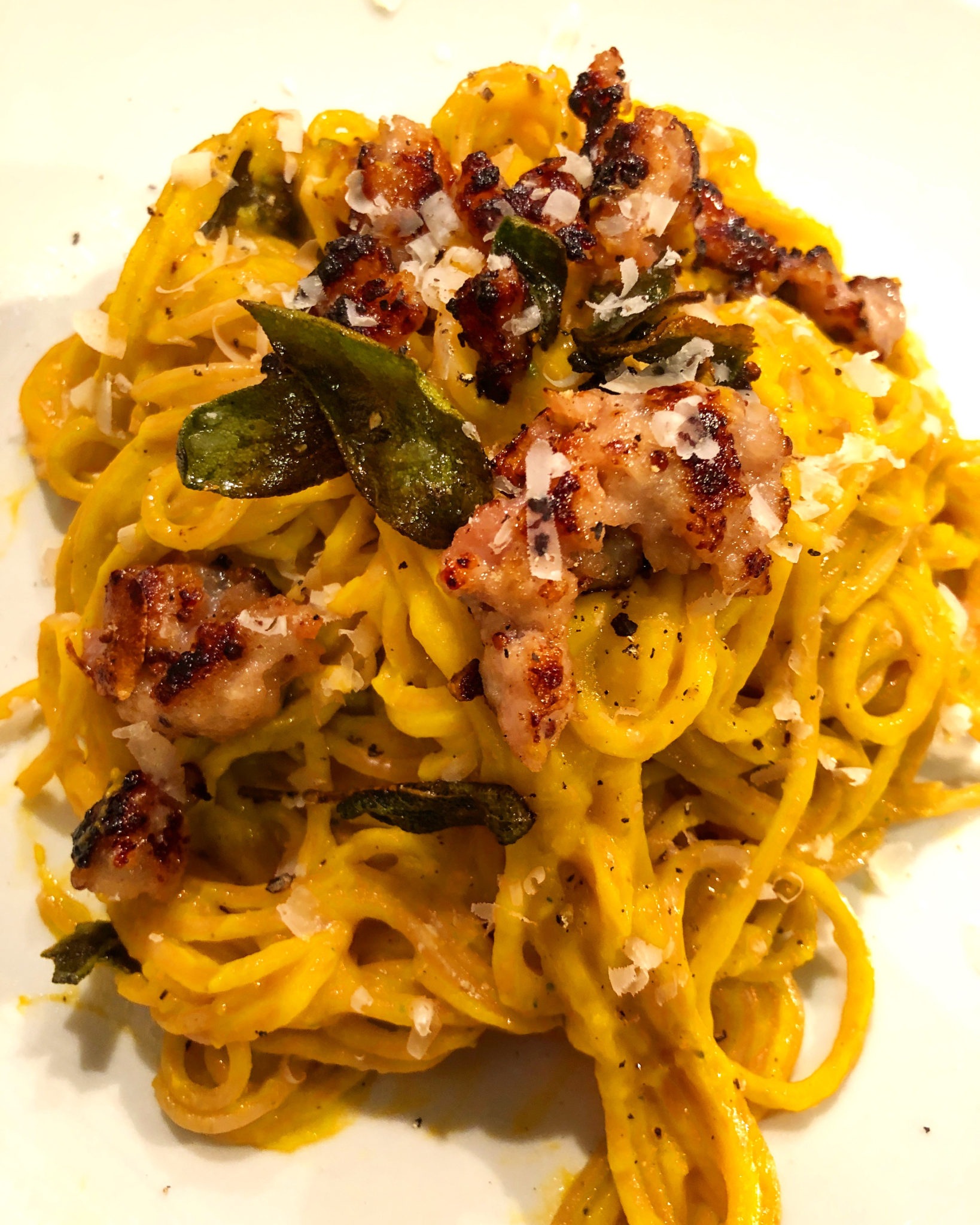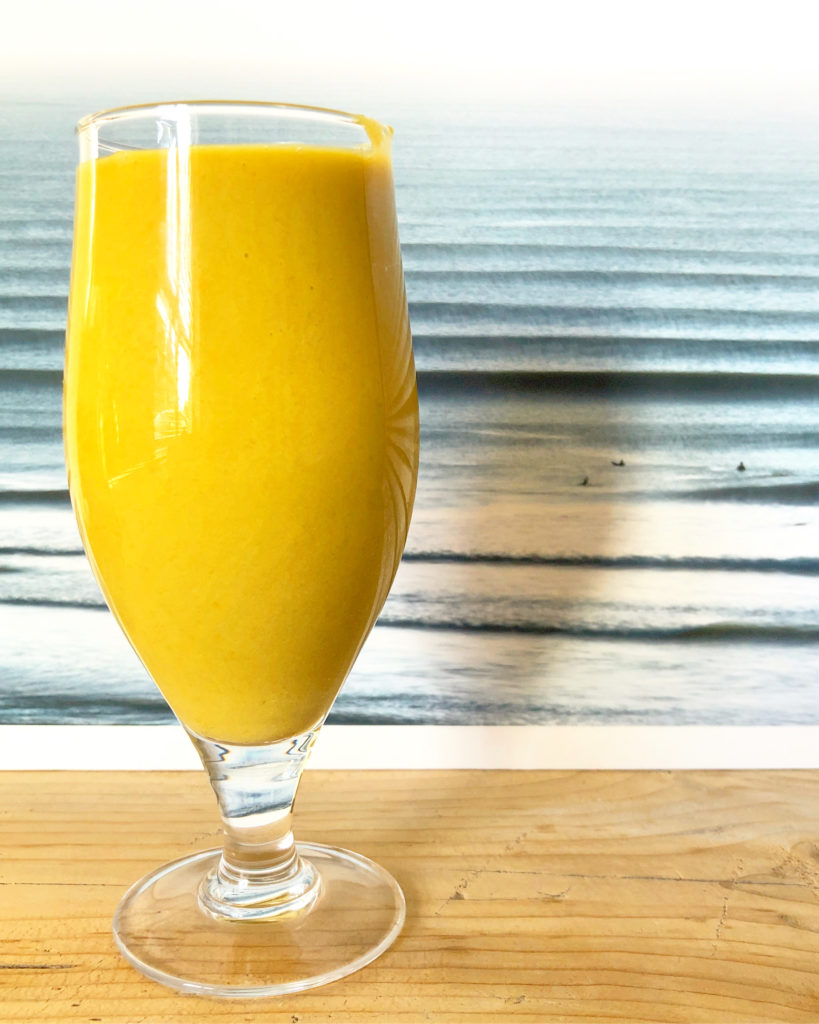Earlier this year, I was interviewed by Katia Valadeau of ProperFood.ie for her brilliant series “Women of the Irish Food Industry” – thank you Katia for including me!
Access the interview here: http://www.properfood.ie/kate-ryan/
Kate Ryan is a woman I admire.
I first met Kate Ryan, just like I met Jennifer Opperman, around a table, on a panel for the Irish Quality Food Awards. Her fierce passion and deep knowledge of all things Irish food was obvious from the very start. I have read her work for many years now and I always feel inspired by the amount of detail she puts in her storytelling.
I’m going to say it loud and proud, I think Kate Ryan is a fantastic writer and I can’t wait to go on one of her famed food tours.
I’m talking to women in the Irish food industry. How did your career path bring you here?
Very circuitously! I always wanted to be a barrister, and got into one of the best law schools in the UK, but realised I was probably a bit too soft for the law so ended up moving away from that dream. From 21 to 35 then, I worked for a lot of different companies in the private and public sector in project management and procurement while trying to figure out what I was supposed to do once I knew a lawyering life was not for me. In the end, it was a single Facebook post of a Wild Mushroom Risotto I made for dinner one night that kicked everything off! I was fascinated by the craze for posting pictures of “the dinner” on Facebook, and people seemed to like the look of what I posting up and started asking for recipes. In the end, it was getting all a bit cumbersome trying to reply by text and email, so I asked my husband, who, for those who follow me will know he makes an appearance now and again as “Mr Flavour”, to set me up a basic website so I could start blogging. He also found the domain name that ended up being the name of the business: Flavour.ie
So I started blogging in late 2013, and then in 2014 I started a Supper Club at home – it was the only one in County Cork I think at the time. I opened my home for up to 10 people to come and dine. I developed the dishes, set the menu, cooked and hosted with Mr Flavour, (his real name is Jason), helping me as my waiter and head-mopper-of-my-perspiring-brow on the night. It was fabulous and created a community of people coming together over a love of food at a time when people were looking for something different to the staid restaurant experience. The same year then, I started getting commissions for writing articles for a few local publications and I also launched The Clonakilty Walking Food Tour; again, at a time when no-one else was offering food tours in West Cork – something I couldn’t get my head around, surrounded as we are with the lion’s share of Irish artisan food producers and their rich stories.
In 2016, the Supper Club was getting too much for me to handle at home, so I took it away from there and started working with talented local chefs and food producers to create pop up events: Supper Clubs that would move around to different venues, workshops, and masterclasses with really talented people in their field. The same year I began to get requests for private food tours, so as well as heading into 2020 as my 6th summer season for The Clonakilty Walking Food Tour, I also am busy year-round developing private food tours and dining events for groups big and small, for families, friends and corporate groups.
In 2017, I was commissioned to write a book. The Artisan Food Guide is an extension of A Taste of West Cork Food Festival, which takes place every September for ten days. The guide is a comprehensive collection of food producers, farmers’ markets and specialty food shops right across the region, with maps and suggested itineraries for people to create their own self-guided food adventure in Ireland’s breadbasket.
In 2019, I was invited by the Irish Food Writers’ Guild to become a Member – an accolade that is really special to me because it is acceptance of my work as a food writer by a panel of my peers, all of whom are respected in their field.
My days are spent meeting those who dedicate their lives to creating wonderful things for us to eat, and giving a voice to their stories and achievements through my food writing for a variety of different publications in print and online, as well as my own blog. Food Adventures, (tours, events, and workshops), take up what time remains, but for sure, writing is my first love.
How does your career fulfill you?
For so many years I didn’t know what was meant for me after I left the law behind. I would look at people who were in love with what they did and wonder: why can’t I have that? Now I do! I can’t believe that I get to write for a living, and I’m always telling people I have the best job in the world, but no-one believes me! Of course, it’s not always a walk in the park, just like any profession, there is a great deal of time spent marketing and selling – freelancers pitch ideas for articles constantly, but I am very lucky that I have amazing relationships with my commissioning editors, and as a result, I have a lot of freedom to write about what inspires me or spurs me into action. Not a lot of writers have that, so I am extra lucky and extra grateful for that.
Food is the ultimate topic to write about too because of its flexibility and pervasiveness in our lives. I’m no restaurant critic, but I love telling other peoples stories. But another day I could be fired up to write about food justice and food poverty; environmental issues pertaining to food, food history, farming, and then round off the week with a bit of popular food philosophy! Is there any other topic that can be as wide-ranging as that? Certainly, no other topic has as much human connection, that’s for sure.
What are your professional ambitions? What’s next for Kate Ryan?
Right now, there are three things that are present in my everyday company!
Firstly, I went back to school in September! I joined up as the first intake of students to do the Post Graduate Diploma is Irish Food Culture at UCC. It’s a transdisciplinary subject and so far we have covered food philosophy, dairy science, food history, a bit of folklore, and an in-depth look at the Irish food system. We’ve just begun our last module of the first year which is food and creative practice. I’ve not even looked at what we have next year! It is brilliant, but it’s like studying for an MA – not easy when you’ve all the other adult concerns of running a business, a home, and family commitments. But I have been non-stop fascinated by everything the brilliant lecturers have presented us with. The challenge will be to know what to do with all this new information once it’s all done!
Secondly, I’m in the midst of writing my second book. Something completely different to the first, much more personal in style. I’ll say no more on this right now…who knows, maybe it’ll be a shelf-emptying best seller!
Thirdly, I’m hosting a four-day Food Writing Workshop and Food Tour in West Cork 8 – 11th October with the amazing Dianne Jacob. I can’t wait! Dianne wrote the seminal book for any aspiring food writer called: “Will Write for Food”, and this is only her second time coming to Ireland to teach so it’s pretty special. The title of the Workshop and Food Tour is “Food with a Story to Tell…” and is all about exploring food writing through the medium of story and storytelling – something that I feel is wonderfully engaging for readers. We’re combining Dianne’s teaching sessions with a food tour visiting some great chefs, farmers and artisans who have wonderful food stories of their own. I’m currently running an Early Bird offer at the moment until the end of May – check out all the information on my blog – it’s a small group on purpose and we already have a few places booked, so I would encourage anyone who’s interested to book in sooner than later!
In your opinion, what challenges do women face in the food industry in Ireland?
This is a difficult one for me because I am one of the lucky ones never to have experienced any issues with getting on in any of the industries I have worked in before. I have had great bosses and not great bosses, men and women alike; so, for me, I think it’s about putting myself forward in a confident, but not arrogant way, that loudly and proudly says: I work hard, I do good work, and I can easily measure up against anyone and be as good as the person I’m stood next too.
The charge is often thrown out that women undervalue themselves, not rating their value and contribution, and I firmly believe that that’s where the work begins. We can put ourselves confidently “out there” in a way that demands respect and credibility instead of asking politely for it. Shout all you want for a fair hearing and equality, but be the woman to put it on the table rather than accepting someone else’s version of it.
So, yes, women owning and understanding their own value and worth – we are our biggest challenge.
Tell us of one woman in the Irish food industry who consistently inspire you and why?
There are so many, aren’t there; and in Ireland particularly we have an embarrassment of riches of strong voices and inspiring leaders – it almost seems a disservice to pick just one!
I’m actually going to champion someone who I recently nominated for an award – and won! That woman is Allison Roberts of Exploding Tree. Allison is a bean-to-bar chocolate maker in Clonakilty, West Cork – but what she does is so much more than that, and is why I nominated her for the Irish Food Writers Guild Environmental Award. Allison is Ireland’s only Bean-to-Bar chocolate maker working with exclusively Fairtrade ingredients. She is the Treasurer of Clonakilty Fairtrade, (the town was Irelands first Fairtrade town, nearly 17 years ago); she is a founder of the Clonakilty Bike Festival and a co-founder of the Clonakilty Bike Circus – a weekly repair and advice clinic for bike users, and an advocate for more Green and Cycle Ways. All of her packaging is made from post-agricultural waste and 100% compostable – as well as being beautifully designed; and her range of chocolates vary from the unusual (e.g 100% Cocoa) to her innovative Oat and Goat milk chocolates suitable for lactose intolerant and vegan/dairy-free, but all are delicious!. Her business is designed around sustainability, environmentally friendly practices, closed-loop production methods, Fairtrade and a heart that bursts for the value and contribution that small businesses make to the communities they are in. Oh, and did I forget, she’s an advocate, an educator as well as a mother, wife and friend. She is unstoppable and gives a huge amount to the people around her. Just an awesome powerhouse of a woman. Go check out what she does – you can buy her chocolates online too!
What do you think can be done to help raise the profile and visibility of women in the food industry in Ireland?
I spend a lot of time talking to other women in the food industry and giving a voice to their story. It fascinates me how many times they don’t think they have a story worth telling. Again, it all comes down to understanding and owning your own worth and value. Women are integral to Ireland’s food story – past and present, and we shouldn’t forget that or let it slip from the collective consciousness. I see so much opportunity for women to make their story a central part of their food offering. Yes, the product is important too, but what separates your bread/cheese/cakes from someone else’s – that’s where story comes into play.
Also, opportunities like this, Katia, that you offer, for women to speak some of their truth, is an important platform – I 100% support more of this!
What was the proudest moment of your career so far?
As fabulous as it was to see my first book come off the press, it has to be the moment I was invited into the Irish Food Writers Guild. The wonderful thing about the Guild is that you cannot simply buy your way in – you have to be nominated by a current Member, and then it has to be approved by two other Members at their AGM. Only then will you receive your invitation to join. So it is very special because it is a jury of your peers. Also the role-call of Members past, present, and honorary is quite the list of inspiring people. To be amongst them is a wonderful honour.
What advice would you give your younger self?
Every decade you’ll foist massive life changes upon yourself – go with it, everything will shake out in the end and you’ll always be doing the right thing at the right time, even if it doesn’t feel like it.
What are the top skills required to do your job and why?
· Organisation: planning, planning, planning – research, pitching, interviewing, writing, publishing, getting paid – just be organised so there’s less feast and famine and more consistency.
· Be willing to say No. You won’t lose out because you’re just making room for something even better that you’ll actually want to do!
· Discipline. I could just stay in bed, or scroll for another 15 minutes, but there’s work to do!
What’s an underestimated spice?
Oh I love this question! Without a doubt it’s Fenugreek! I adore it’s smoky, heady aroma – it’s the sultry seductress of the spice world, and hardly anyone uses it! I love it in delicate fish and vegetable curries. A chef friend of mine makes an exquisite Aubergine and Fenugreek chutney – divine! She’s just gone out on her own, check her website out.
